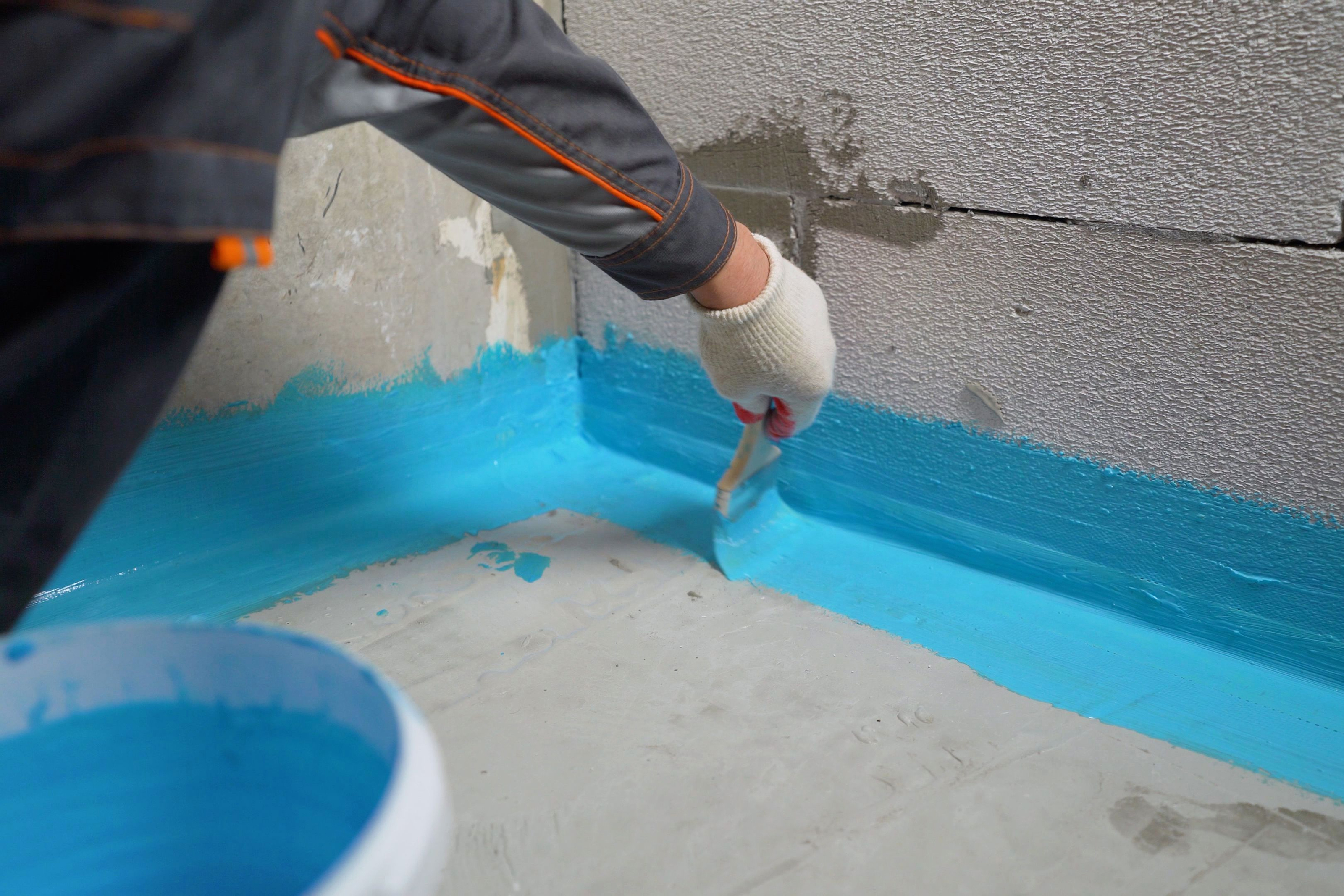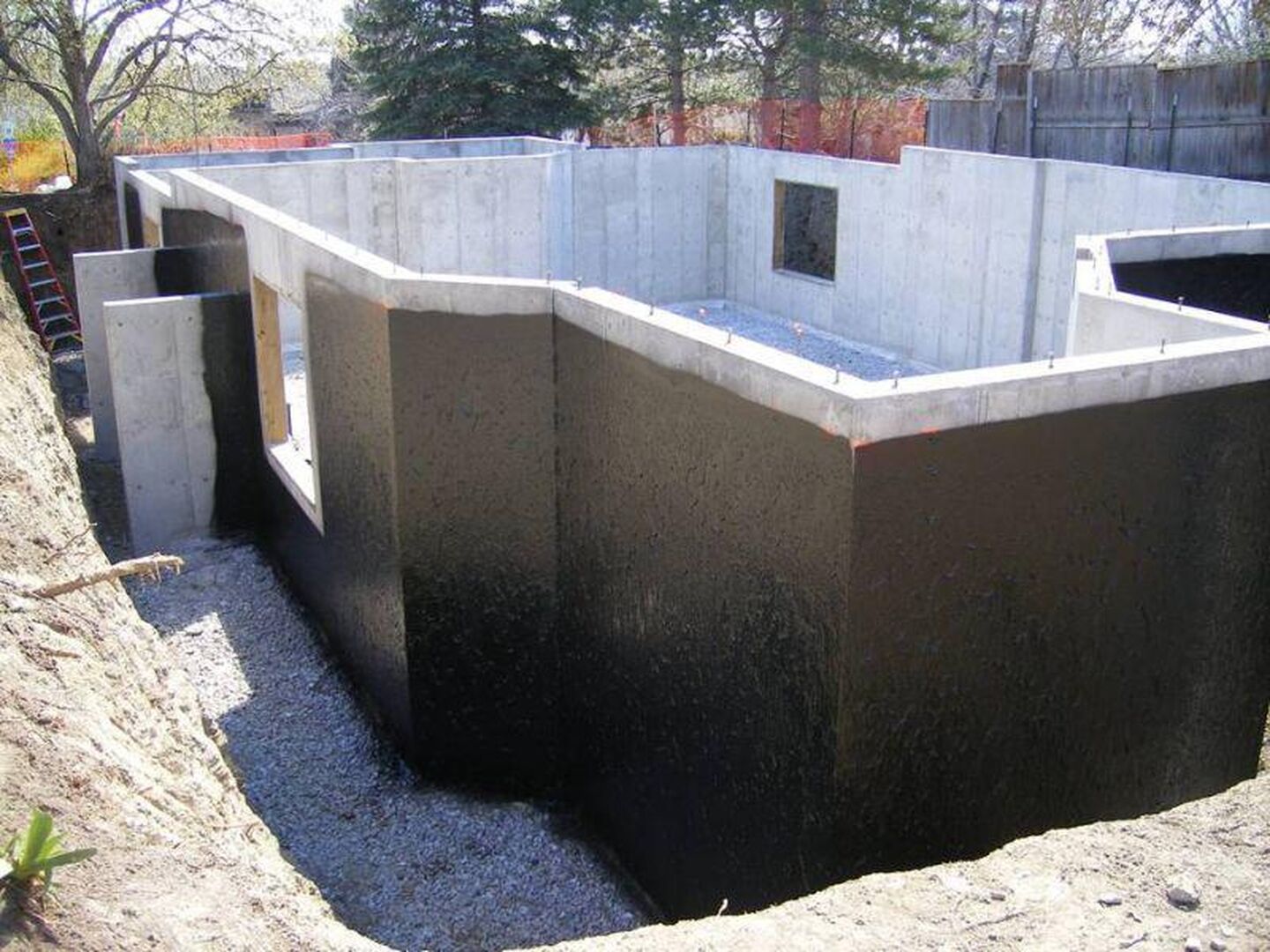Exterior Drainage Solutions for Sloped Yards: What Works Best?
Just How Basement Waterproofing Works: A Comprehensive Guide for Your Home
Cellar waterproofing is essential for securing homes from water damage. Numerous methods exist to attend to dampness concerns, each customized to details reasons. Home owners should comprehend these choices to choose the finest service for their demands - Basement Waterproofing. The performance of these approaches depends on the ideal products and methods. What are one of the most typical techniques, and just how can they be applied properly? This guide will certainly explore these essential facets
Understanding the Root Causes Of Basement Dampness
Although cellars are usually created to be functional and completely dry areas, they can succumb to dampness as a result of numerous variables. One main reason is bad drain around the foundation, which can result in water pooling and seepage. In addition, hefty rains or rapid snowmelt can overwhelm drainage systems, exacerbating wetness concerns. An additional considerable factor is the all-natural humidity present in the ground, which can penetrate with floorings and wall surfaces, particularly in older homes with much less reliable obstacles. Fractures in the foundation might additionally permit water invasion, particularly throughout periods of hefty precipitation. Additionally, pipes leakages within the cellar can add to moisture build-up, producing an environment helpful to mold growth. Ultimately, inadequate ventilation can trap moisture, getting worse the general wetness problem. Understanding these reasons is essential for home owners looking for efficient options to stop cellar moisture issues.
Sorts Of Basement Waterproofing Methods
Basement waterproofing methods are necessary for protecting homes from moisture damage and maintaining a secure living setting. These approaches can be broadly classified right into interior and external remedies. Inside waterproofing typically includes the setup of drain systems, sump pumps, and vapor barriers. These systems function to divert water far from the cellar and protect against moisture from permeating via the walls or floor.On the other hand, outside waterproofing concentrates on stopping water from going into the home in the very first place. This can consist of excavation around the foundation, applying water resistant coatings, and installing water drainage ceramic tiles to redirect water far from the structure. Additionally, some homeowners might go with a mix of both exterior and interior techniques to guarantee comprehensive security. Eventually, the choice of waterproofing approach depends upon the details problems of the home and the level of dampness present in the cellar.
Materials Utilized in Waterproofing Solutions

Numerous products are employed in waterproofing options to enhance the efficiency of both interior and external approaches. Generally made use of materials consist of liquid membranes, which create a seamless barrier against dampness. These membrane layers are commonly made from polyurethane or rubberized asphalt, using flexibility and durability. In addition, cementitious waterproofing products are preferred for their ease of application and solid bond to surfaces.For exterior applications, products such as drainage boards and geotextiles work in redirecting water far from structures. Squashed stone and gravel are also utilized in water drainage systems, advertising correct water flow and decreasing stress build-up. In many cases, specialized finishings and sealers, like silicone or epoxy, are applied to offer added protection against water seepage. Together, these materials play next a crucial role in making certain that a basement stays completely dry and safeguarded from water damage.
Actions to Water Resistant Your Basement
Waterproofing a cellar entails an organized approach to effectively avoid water invasion and damages. The initial step is to inspect the exterior of the home, looking for splits or voids in the foundation. These must be sealed with an ideal water resistant sealant. Next, verify that downspouts and seamless gutters are functioning correctly and guiding water far from the foundation.After addressing outside concerns, the interior needs to be evaluated. Mounting a water resistant membrane on basement wall surfaces can provide visit this site additional defense. Exterior Drainage Solutions. It's likewise recommended to execute a sump pump system to manage any water accumulation.Finally, grading the landscape around the home can aid route water away from the structure, more minimizing the threat of water seepage. By adhering to these steps diligently, home owners can produce a durable defense against cellar flooding and dampness problems
Maintenance and Prevention Tips for a Dry Cellar
Regular upkeep and aggressive measures are key to making sure a completely dry basement long after preliminary waterproofing initiatives. House owners must consistently check rain gutters and downspouts, guaranteeing they straight water far from the foundation. It is vital to keep these clear of particles to stop overflow. In addition, preserving correct rating around the home aids channel water far from the structure.Checking for fractures in walls or floorings is vital, as these can allow wetness seepage. Any type of identified cracks ought to be immediately secured with ideal products. Mounting a sump pump can give extra security versus flooding.Humidity levels in the basement ought to also be kept an eye on, as high humidity can lead to mold and mildew growth. Utilizing a dehumidifier can aid keep a comfortable setting. Finally, making sure correct ventilation in the basement help in minimizing wetness buildup, preserving the integrity of the waterproofing system gradually.
Regularly Asked Questions
For How Long Does Basement Waterproofing Normally Last?
The long life of cellar waterproofing frequently varies based on materials and setup top quality. Commonly, it can last from 5 to ten years, with some systems possibly withstanding longer if properly maintained and kept an eye on in time.
Can I Water Resistant My Cellar Myself?
The specific thought about whether to water resistant their cellar individually. While DIY choices exist, they call for knowledge of products and techniques. Expert solutions ensure efficient results, usually outweighing the prospective threats and difficulties connected with self-installation.

What Are the Indicators of Inadequate Waterproofing?
Signs of inadequate description waterproofing consist of relentless moisture, mold and mildew growth, stuffy smells, peeling paint, and water stains on floors or wall surfaces. House owners ought to deal with these problems immediately to avoid more damage and keep a healthy and balanced living atmosphere.

Does Cellar Waterproofing Rise Home Value?
Cellar waterproofing can enhance a home's value by avoiding water damages and improving comfortable space. Prospective purchasers usually prioritize dry cellars, making waterproofing an important investment that adds to overall home charm and marketability.
Just How Much Does Basement Waterproofing Cost generally?
The ordinary cost of basement waterproofing usually ranges from $1,500 to $5,000, differing based upon variables such as task size, technique utilized, and local market problems. House owners should acquire several quotes for exact quotes. Cellar waterproofing is essential for safeguarding homes from water damages. Basement waterproofing approaches are essential for shielding homes from wetness damage and keeping a secure living atmosphere. These systems function to draw away water away from the cellar and prevent wetness from permeating through the wall surfaces or floor.On the various other hand, outside waterproofing concentrates on stopping water from getting in the home in the first area. The longevity of basement waterproofing typically varies based on materials and installment high quality. Cellar waterproofing can enhance a home's worth by avoiding water damage and enhancing livable room.